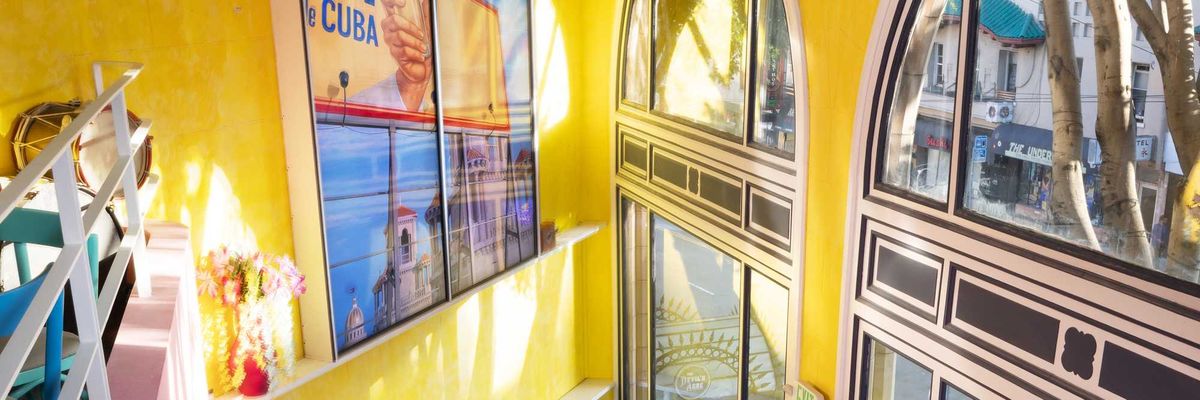For some folks, Cinco de Mayo is an annual excuse to get wasted on shots of patron and other brands of tequila. But for a core of local aficionados—who know that it’s more of an American holiday than a Mexican one—tequila is an everyday sipping drink. Some like to sip it so much they want a tequila brand of their very own.
“We have this incredibly diverse country [Mexico] right next door to us, and it has everything—great beer, food, culture, and a wonderful distilled spirit,” says Eric Rubin of Tres Agaves tequila. For Rubin, starting a tequila brand was a natural extension of his love for the spirit. To do so, he and his partners in the Tres Agaves restaurant split the company. In March, the restaurant was renamed Tres Tequila Lounge & Mexican Kitchen, and Rubin kept the Tres Agaves name for his tequila. Along those same lines, Julio Bermejo of Tommy’s Mexican Restaurant (whose founder, Bermejo’s father, passed away this spring) also got into the game. He plans to finish building his own distillery in Jesus Maria later this year.
Rubin and Bermejo aren’t alone in their quest to make high-quality tequila. It’s one of the fastest-growing spirit categories in the country, and these days, more 100 percent agave is produced than low-end mixto. With opportunity knocking, a ton of new tequila brands are popping up—many of them launching in the Bay Area first. Don Pilar, Arta, Partida, Tequila El Relingo, and Tequila Mejor are just a few of the brands owned or imported by local companies. Tequila launches, distiller visits, pairing dinners, and other agave-fueled parties take place several times a week.
Then there are the seasoned Bay Area distillers, such as Miles and Marko Karakasevic of Charbay winery and distillery in St. Helena. They might be known for their vodka, but they’re on their second batch of Charbay tequila made at the existing La Alteña distillery in Jalisco. Meanwhile, St. George Spirits in Alameda attempted to import agave to distill into their Agua Azul spirit (it’s not legally tequila since it’s distilled here), but shredding the agave plant proved to be something best left to those with the equipment for it. For a future batch, they might just try importing the juice.
Most tequila enthusiasts agree that it takes visiting the state of Jalisco to fully appreciate tequila. Flights between SFO and Guadalajara are full of local bartenders, tequila producers, and more.
About seven hours of travel drops you into the two main agave growing and distilling regions in Mexico. The two regions in the state of Jalisco produce tequilas as varied as different wine appellations. If you drive in one direction from Guadalajara, toward Atotonilco and Arandas, the soil turns rust-red and the dusty blue-green agaves grow on hillsides. There, the swings in temperature stress and benefit the plants, producing larger agave and tequilas that are fruity, citric and floral. If you head the other way, toward the lowlands of Amatitan and Tequila, you’ll find drier, woodier tequilas and some of the best-known distilleries, such as Sauza, Cuervo, and Herradura.
“Agave really is an amazing plant,” says Rubin. “Smelling and tasting cooked agaves out of the ovens, you really see where the finished product all starts.” In other words, get your plane ticket now.





















